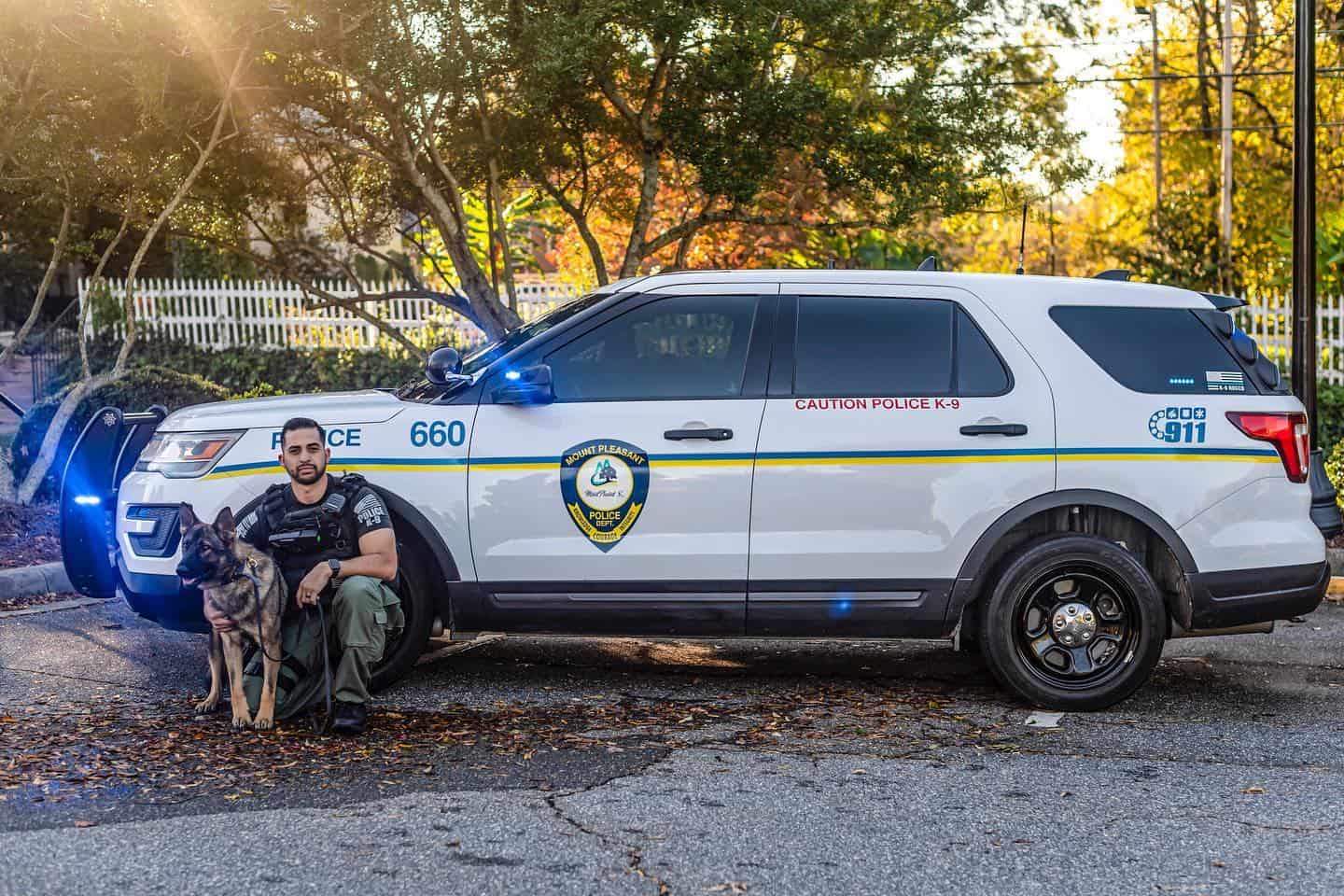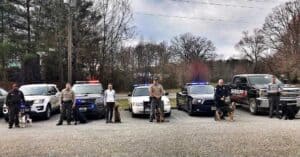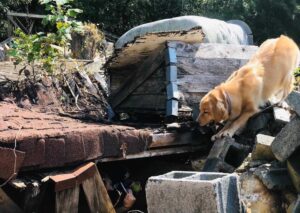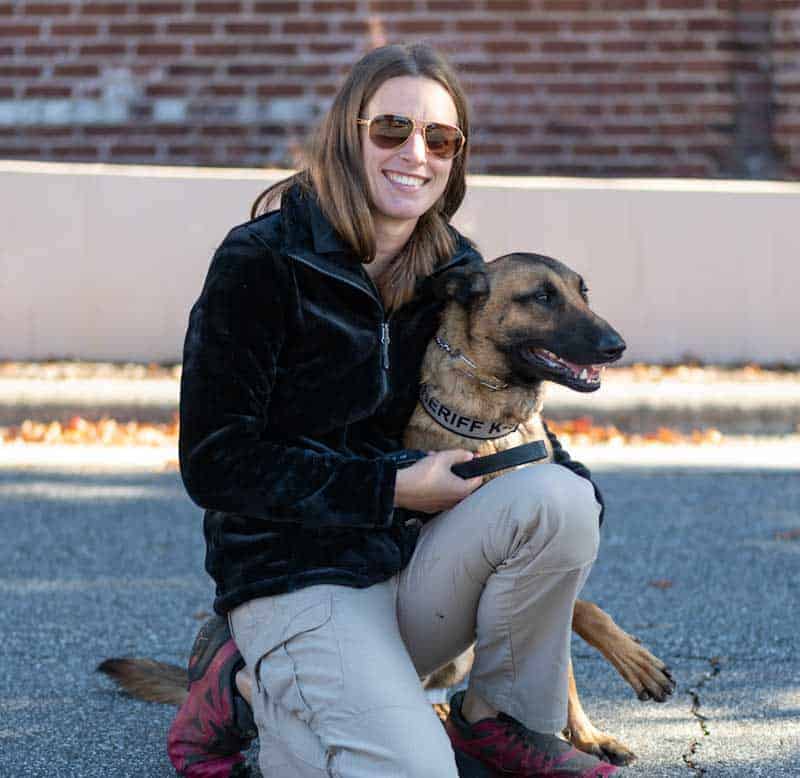
This blog article was written by Amber Siebsen, a K9 Trainer and Instructor with Highland Canine Training, LLC.
In this article, Amber explores whether ‘good’ working dogs are becoming harder to find – or do some trainers and handlers just have unrealistic expectations for green dogs?
There is a common myth growing in the K9 industry about the quality of dogs available to agencies and vendors. The myth? Simply, that there are no more ‘good’ dogs available.
The belief is that Europe is now completely void of strong working genes. It is no longer able to provide agencies with the heroic monster dogs they need in order to keep their handlers and communities safe.
As a relatively new trainer to the working dog industry, this myth has puzzled me, as I have had the opportunity to work with many incredible dogs from Europe. I hadn’t truly understood the thought process behind this belief until a recent experience involving a green dog at our training facility.
Testing the green dog
Shortly after we had received a new shipment of green dogs, an agency contacted us. We had one green dog unspoken for and they agreed to come down and test the dog.
This particular dog had just turned one year old. At the time, he had only experienced very basic bite work and drive development. Being green, he needed to be trained – but he was an awesome blank slate I was very excited to work with. I was hoping this agency would feel the same way. He seemed a great prospect. He held up in the face of pressure, was very civil, and would hunt for a reward item until he found it – no matter the length of time it would take.
So, the day arrived and the agency came down to test him. I got him out of the kennel. He was a big dog, but very social – yet when he was brought out to greet the members of the agency, their trainer and the handlers present jumped back and were very hesitant about him coming close to anyone.
As everyone seemed uncomfortable with the dog, I took him down to handle him for his ‘drive test’. I put him on a long line so he could hunt away from me. At this point, the trainer made it clear he did not like that the dog didn’t have off-leash obedience and wouldn’t recall. The dog had only been on the ground for a week and had no real obedience – remember, he was a green dog who had only been with us for a short amount of time.
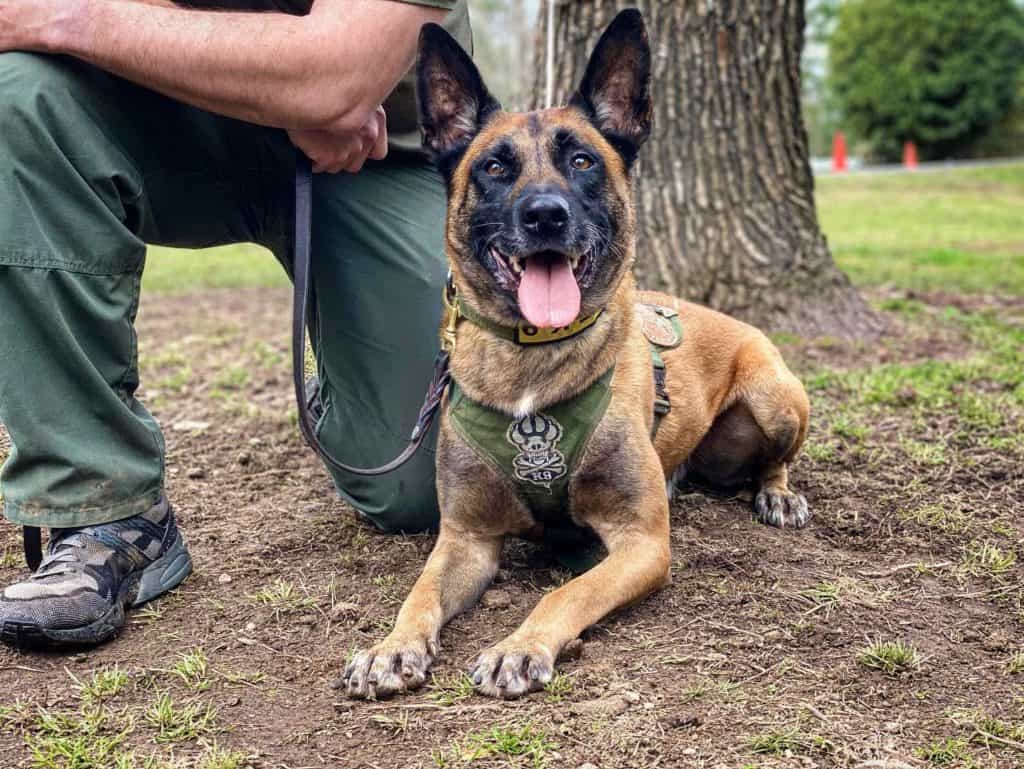
The dog did an excellent job hunting for the ball and located it on every occasion. This was a game he was very familiar with, having played it for a long time throughout his drive development. It was horribly disappointing for these trainers that the green dog wouldn’t out the ball as they would have liked, but we moved on to bite work next.
The bite work test
I brought the dog down to the back tie to be tested for bite work. By this stage, the dog had only really experienced biting a sleeve and had very little experience biting a suit.
The trainer proceeded to put on a bite suit and walk backward into the dog. The dog was very confused but did the best he could. Next, the trainer attempted to test the dog’s pressure by catching him on the wrist and throwing him against a tree and into the woods behind the back tie. Once again, the green dog was very confused but kept his full mouth grip. The trainer proceeded to tempt the dog to take his legs. Bear in mind, this dog had never taken a leg before, and was already confused about what he needed to do and was becoming increasingly frustrated.
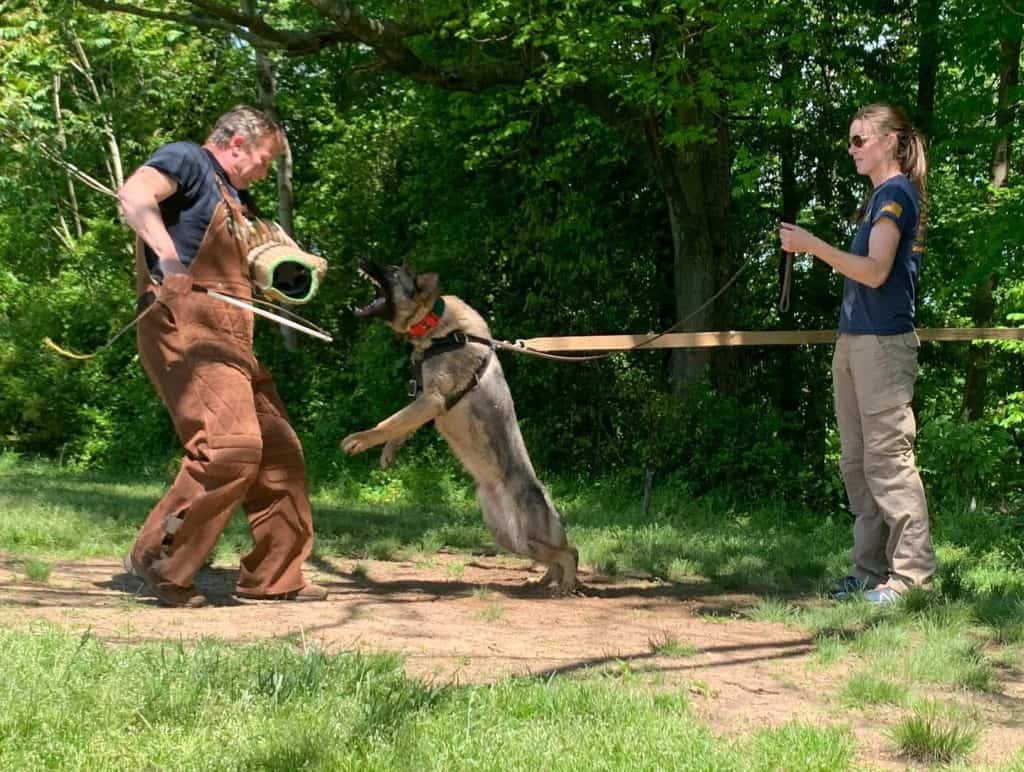
The decoy walked into the back tie – kicking at the dog – while the dog kept attempting to bite his arms. This only stopped when the dog popped him between the legs in an attempt to find a grip somewhere on the decoy. At this stage of his development, the dog really had no understanding that legs were even an option. He had only experienced very basic bite work.
The environmental test
Finally, we carried out an environmental test. This involved bringing a dog to a building with a decoy hiding inside. Although this dog was great in new places, he had not yet been started on building searches. He was sent in to locate and bite a passive decoy – which he did when he stumbled across him.
However, with such little experience in this setting, the dog had no idea he was being sent in for a bite. The decoy immediately came alive and pushed the dog back into the wall and proceeded to scream. The green dog came off for a second before reengaging on the bite suit he had gripped a mere handful of times.
After the ordeal was over, the trainer came out and explained that the green dog needed to be washed because of his lack of training and did not show courage on passive bites.
They were disappointed that this new dog was not street-ready – and therefore, in their eyes, not a “good dog”.
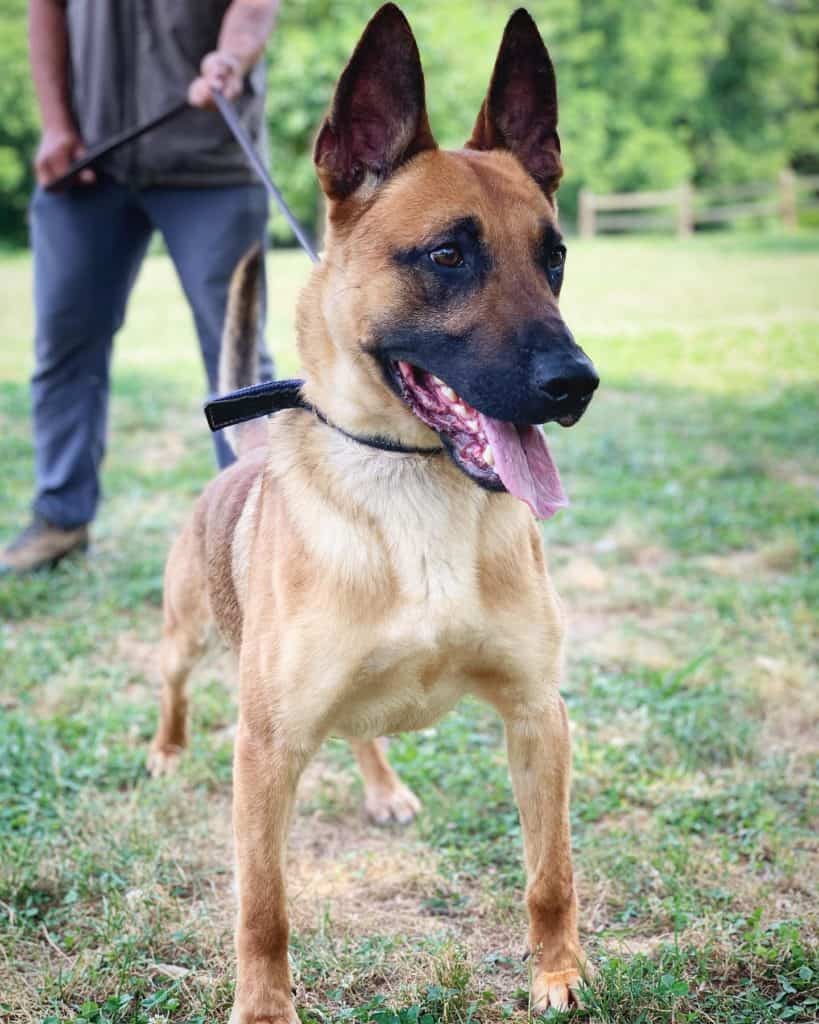
What did this experience teach me?
After this experience, the perpetuating myth surrounding ‘good’ dogs makes more sense to me. After all, if the standard for a good green dog is for them to hold up to being beaten down right off the bat, and not require any training to target, carry out building searches or passive bites, it is no surprise that the number of good dogs appears to be falling.
It actually seems that the issue in the industry as a whole isn’t a lack of good dogs – it may be that there is, in fact, a lack of good trainers who truly understand how to build great working dogs, who have the patience necessary to increase the chances of success.
I’m not saying every dog is capable of being a working dog, because that is simply not true. However, there are plenty of good dogs ready to become great with proper training. Somewhere along the way, it seems we have forgotten that police dogs are, in fact, dogs – and not automatically man-eating monsters from birth. These dogs become K9 officers in large part because of the care, attention and skill of their trainers. They don’t become amazing police dogs by chance.
In summary – through bad training, a good dog becomes almost useless if it can’t stand the pressure of operational environments from the beginning. But through patient handling and a structured training program, a good dog can realize its true potential and become a valuable asset for any K9 team.

